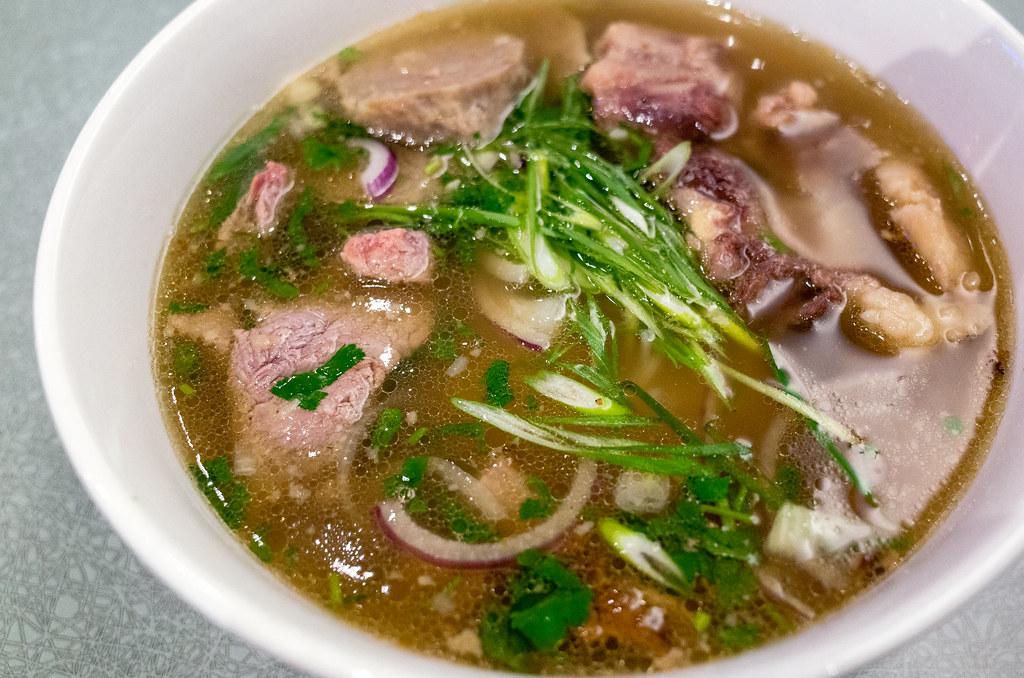Maintaining a healthy weight is a journey that involves understanding and balancing the calories you consume with the energy you expend. For many, this can feel like a daunting task, but it doesn’t have to be. Whether you’re someone who has recently reached your weight goals or you’re striving to maintain a healthy lifestyle, learning how to balance your calorie intake is essential. This guide is designed to offer you practical, empathetic advice on how to manage your daily calorie needs without feeling overwhelmed. By focusing on simple, sustainable strategies, you can enjoy your meals and maintain your weight with confidence and ease. Let’s explore how you can find harmony in your eating habits and embrace a balanced approach to nutrition.
Understanding Your Daily Caloric Needs
Determining your daily caloric needs is a crucial step in achieving a balanced lifestyle. Your caloric requirements depend on several factors including age, gender, weight, height, and activity level. It’s important to understand these needs to maintain your current weight effectively.
| Activity Level | Calories Needed |
|---|---|
| Sedentary | 1,800 – 2,000 |
| Moderately Active | 2,000 – 2,500 |
| Active | 2,500 – 3,000 |
Once you know your daily caloric needs, you can focus on balancing your intake. Here are some tips:
- Prioritize Nutrient-Dense Foods: Opt for fruits, vegetables, lean proteins, and whole grains.
- Monitor Portion Sizes: Use smaller plates and be mindful of serving sizes to avoid overeating.
- Stay Hydrated: Drinking water can help you feel full and reduce unnecessary calorie intake.
Understanding and meeting your daily caloric needs not only helps in maintaining weight but also supports overall health and well-being. Take time to listen to your body’s signals and adjust your habits accordingly.

Crafting a Balanced Meal Plan for Sustained Energy
Creating a meal plan that keeps you energized throughout the day while maintaining your weight involves a delicate balance of nutrients. A balanced meal plan should include a variety of food groups, ensuring that you get the necessary vitamins and minerals without exceeding your caloric needs. Here’s how you can achieve that:
- Incorporate Complex Carbohydrates: Opt for whole grains like brown rice, quinoa, and oats. These provide a slow and steady release of energy, helping you avoid the mid-afternoon slump.
- Prioritize Lean Proteins: Include sources like chicken, fish, beans, and tofu. Protein is essential for muscle repair and helps keep you feeling full longer.
- Don’t Forget Healthy Fats: Avocados, nuts, and olive oil are great sources. Healthy fats are crucial for brain health and hormone production.
- Load Up on Vegetables: Aim for a colorful plate with a variety of vegetables. They are low in calories but high in nutrients and fiber.
Consider using the following table to balance your daily intake:
| Meal Component | Portion Size | Calories |
|---|---|---|
| Complex Carbs | 1 cup cooked | 200 |
| Lean Protein | 3 oz | 150 |
| Healthy Fats | 1 tbsp | 120 |
| Vegetables | 2 cups | 50 |
Finding the right balance is key to sustaining energy and maintaining your weight. Adjust portion sizes based on your activity level and personal needs, ensuring you’re nourishing your body adequately.

Incorporating Physical Activity to Support Caloric Balance
Maintaining a healthy caloric balance is crucial for weight maintenance, and integrating physical activity into your daily routine can be a game-changer. Exercise not only burns calories but also boosts metabolism, helping you maintain your desired weight more effortlessly. To get started, consider incorporating a mix of cardiovascular activities, strength training, and flexibility exercises into your weekly schedule.
- Cardiovascular Activities: These include walking, running, cycling, or swimming. Aim for at least 150 minutes of moderate-intensity or 75 minutes of vigorous-intensity aerobic activity each week.
- Strength Training: Incorporate exercises like weight lifting, resistance band workouts, or body-weight exercises at least two days a week to build muscle mass, which can increase your resting metabolic rate.
- Flexibility Exercises: Yoga or stretching can improve your range of motion and prevent injury, making other physical activities more effective and enjoyable.
| Activity Type | Calories Burned (30 mins) |
|---|---|
| Running (5 mph) | 300 |
| Cycling (12-14 mph) | 240 |
| Yoga | 150 |
Remember, the key is consistency. Find activities that you enjoy, as this will help you stick with them in the long run. Even small increments of activity can add up to significant results, so start with achievable goals and gradually increase your activity level as your fitness improves.

Mindful Eating Practices for Long-Term Weight Maintenance
Embracing mindful eating can transform the way you approach food and help maintain your weight in the long term. By being present during meals, you can tune into your body’s hunger cues and make conscious choices about what and how much to eat. Here are some mindful eating practices to consider:
- Eat without distractions: Set aside your phone, turn off the TV, and focus solely on your meal. This helps you savor each bite and recognize when you’re full.
- Chew thoroughly: Take time to chew your food well, enhancing digestion and allowing your body to signal satiety effectively.
- Listen to your body: Pay attention to hunger and fullness signals. Eat when you’re genuinely hungry and stop when you’re comfortably full.
- Enjoy the process: Appreciate the flavors, textures, and aromas of your food, which can increase satisfaction and reduce the desire to overeat.
Understanding how to balance your calorie intake with mindful eating can be further supported by knowing the caloric content of common foods. Here’s a simple table to help you make informed choices:
| Food Item | Calories (per serving) |
|---|---|
| Apple | 95 |
| Almonds (1 oz) | 160 |
| Grilled Chicken Breast (3 oz) | 140 |
| Quinoa (1 cup cooked) | 222 |
| Dark Chocolate (1 oz) | 170 |
By practicing mindfulness and making informed food choices, you can effectively manage your calorie intake without feeling deprived, supporting sustainable weight maintenance. Remember, it’s about balance, not restriction.








































